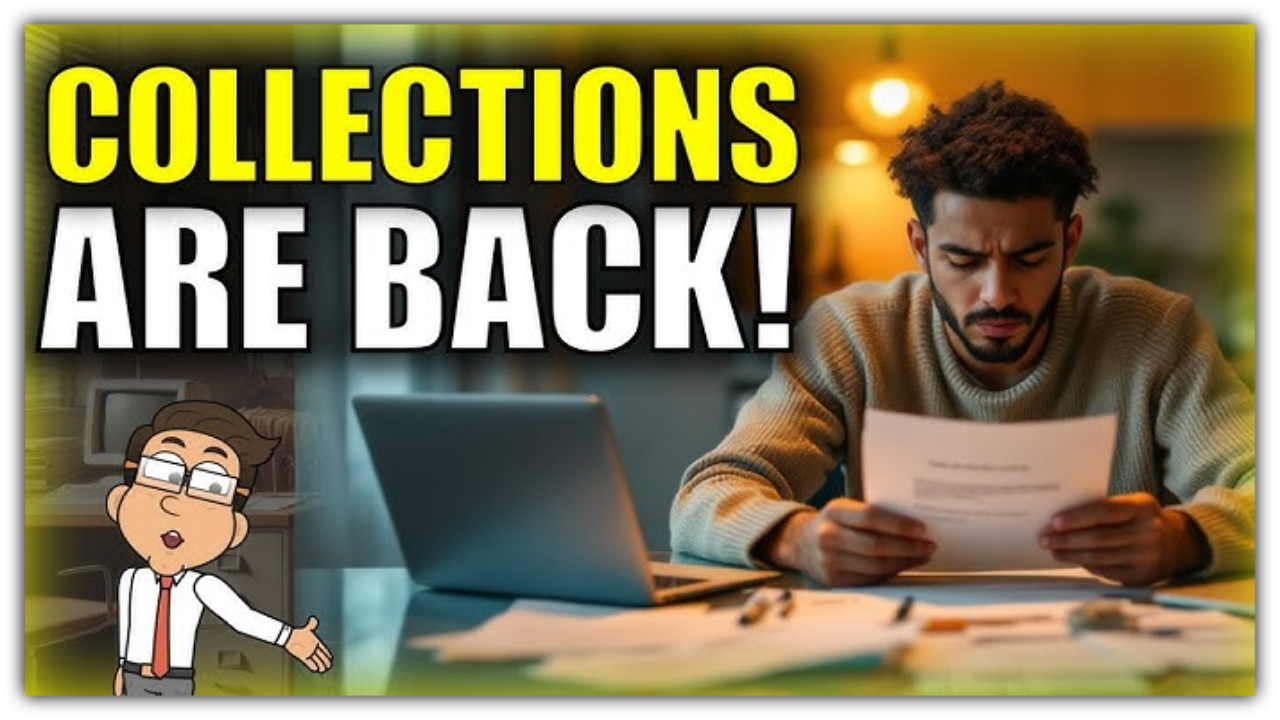Student Loan Collections Are Back! Here’s What You Need to Know to Protect Your Wages
Alright, here’s the deal: After a long break because of the pandemic, the U.S. Department of Education is back at it, collecting on federal student loans starting in May 2025. If you’ve fallen behind on payments, that could mean they start garnishing your wages, seizing your tax refund, or even taking money from your Social Security check. It’s a bit of a wake-up call, right?
But before you panic—not everyone will be affected the same way, and there are actually some protections in place for certain folks. So let’s break it down and figure out what this all really means for you.
What Does It Mean for You Now That Collections Are Back?
If you’ve missed 270 days of payments (aka, you’re in default), the government is legally allowed to start collecting from you again. That can mean:
-
Wage garnishment: They’ll take a portion of your paycheck.
-
Tax refund seizure: Goodbye, tax refund!
-
Social Security deductions: If you’re on Social Security, they could start pulling money from your check.
But don’t stress—this doesn’t automatically apply to everyone, and there are some protections in place for certain groups.
Who Won’t Be Affected by Garnishment?
Here’s some good news: if you fall into one of these groups, you won’t be at risk for wage garnishment:
-
Social Security and Disability Recipients:
If you’re getting Social Security benefits like SSI (Supplemental Security Income) or SSDI (Social Security Disability Insurance), you’re generally in the clear. These benefits are usually protected from garnishment. The government can’t take them to pay your student loan. So, if that’s you, don’t worry too much, but always double-check to be sure! -
Veterans Receiving Disability Benefits:
If you’re getting VA disability compensation or a pension, those benefits are typically safe too. So no need to stress about losing those payments to student loans. -
Federal Employees:
If you work for the federal government, you can be garnished, but the good news is there are some limits. They can only take up to 15% of your disposable income to cover the loan. So, while it’s not ideal, it’s not as bad as it could be.

What Can You Do if You’re in Default?
If you’re behind on payments and worried about garnishment, don’t ignore it. There’s still time to take action, and there are options available to help you get back on track.
-
Call Your Loan Servicer:
Seriously, just pick up the phone (or send that email) and get in touch with your loan servicer. They can help you understand where you stand, what your options are, and what steps you need to take next. -
Consider Loan Rehabilitation or Consolidation:
You’ve got a couple of options here to get out of default:-
Loan Rehabilitation: This is where you make a series of affordable payments (usually for about 9 months) and get your loan out of default. Once you complete the program, the default status gets wiped off your credit report. Nice, right?
-
Loan Consolidation: If you have multiple loans, you can consolidate them into one. This can help you start fresh and get back on track.
-
-
Income-Driven Repayment Plans:
If you’re struggling to pay, there are income-driven repayment plans that adjust your payments based on your income and family size. So if you’re not making a ton of money right now, your payment could be much lower. That could make things way more manageable.
What Happens if You Do Nothing?
If you just ignore the whole situation, things could get pretty messy. Eventually, your wages could be garnished, your tax refund could be taken, or even your Social Security check could be reduced. And trust me, you don’t want to be in that position.
Taking action early will save you from all that stress.
Don’t Panic—Just Take Action
Collections are back, but don’t freak out. If you’re receiving Social Security or veterans benefits, you’re generally protected. But if you’re behind on payments, now’s the time to take action.
Call your loan servicer, look into loan rehab or consolidation, and check out income-driven repayment plans. Taking action now will help you avoid those serious consequences and get you back on track. If you’re not sure what to do next, don’t hesitate to reach out for help. You don’t have to figure this all out on your own!


Comments are closed, but trackbacks and pingbacks are open.